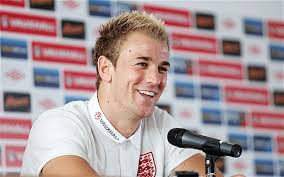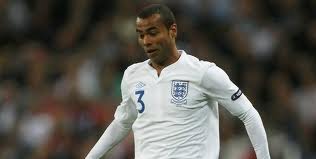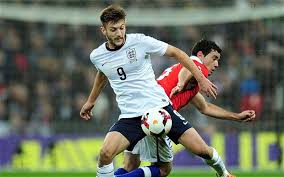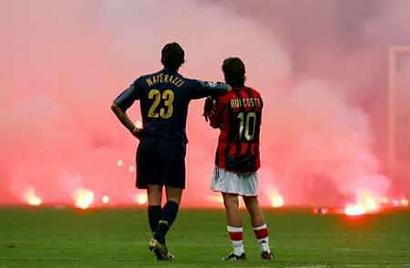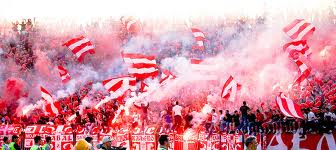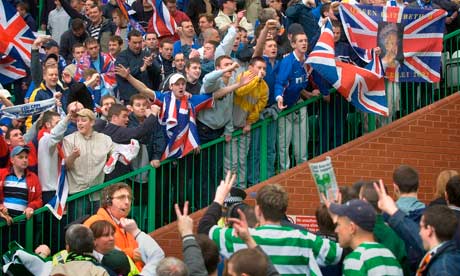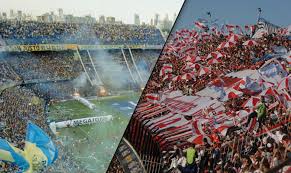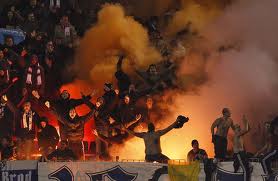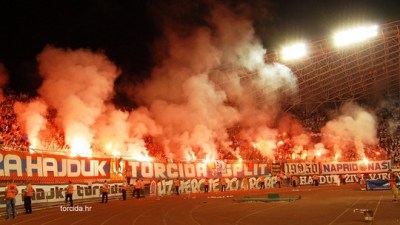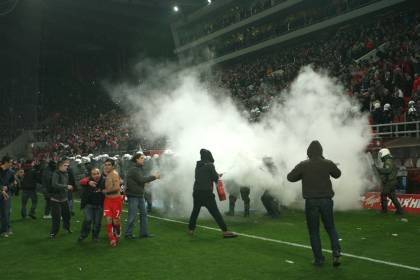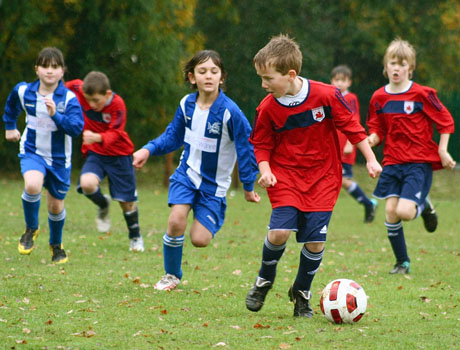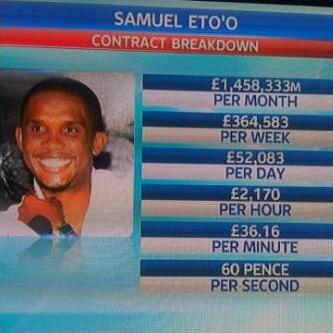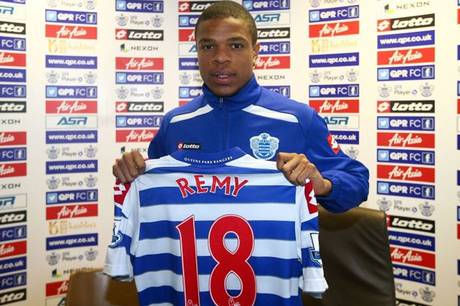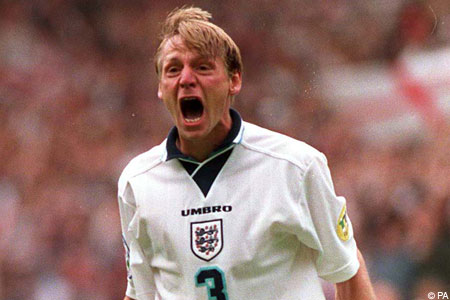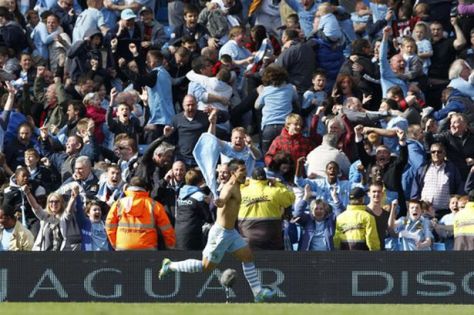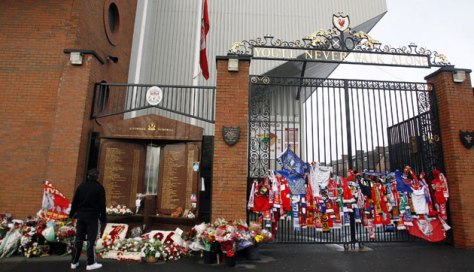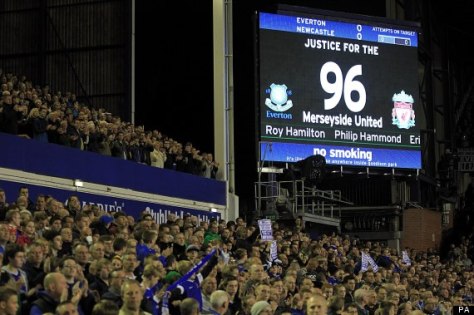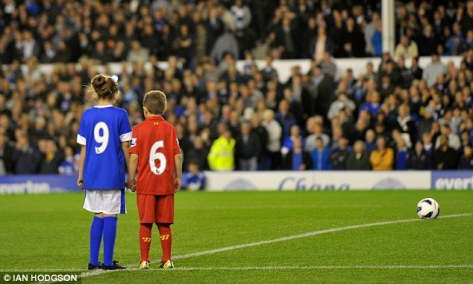
Thursday morning saw England manager Roy Hodgson release his 24-man squad for the upcoming internationals against the Republic of Ireland and Slovenia.
The former Fulham boss’ selections have come under widespread criticism, particularly amongst fans, who view it as a poor England side.
New inclusions to the setup come in the form of Tom Heaton, Charlie Austin and Jamie Vardy, with the latter two having endured a meteoric rise from the lower leagues to international football.
Refreshing
Despite the continued ridicule by a number of fans, I see a lot of positives to be taken from Hodgson’s latest squad list.
I find it incredibly refreshing to see quality from ‘lower’ sides get a look-in with the international scene as it has been a rarity for too long – we have persisted with the same failing criteria.
For me, Austin has more than merited his place in the squad having bagged 17 goals for an already relegated side – which is no mean feat. He has consistently scored at every club he has played for, and what is there to say he cannot replicate that with the right service for England?
Vardy has been instrumental in one of the miraculous escapes from relegation in Premier League history and it is encouraging to see such form in the tail-end of the season rewarded.
Mentality
Moving aside from the latest squad selection, the reaction once again reiterated my annoyance with fans of the national side.
With a number of players either partaking in the Under-21 European Championships, or suffering from injury, Hodgson has taken the upcoming fixtures as an opportunity to experiment and hand out chances.
However, such a motion will always lead to derision from the same people who regularly moan about a lack of passion or repetitive approach.
We have a severe tendency to see faults in everything and when we possess a manager who looks to change the norm – in a sense – he is to receive widespread criticism.
Big names
Having held the same farfetched hope in the build-up to every big tournament, I have continued to experience failure and hurt as a fan of England.
Throughout this period I have seen big names – and players affiliated to big clubs – come and go, and the balance has never been right.
I have seen manager after manager squander a country full of talent and consistently under perform at every tournament. Therefore I look at such decisions made, and considering the extent of the task to qualify, experimentation is not only allowed, it is crucial.
If we are to persist with the same notion of picking players due to their names and the clubs they play for, we will continue to cast a lead role in the vicious cycle we are so evidently caught up in.
Excitement
Be honest, when was the last time you watched an England game and felt the passion, the excitement, the feel good factor? It has been a long time, that is for sure.
Many will question the ability of some of the players, but how are we to know if we have ‘the next big thing’ if we shy away from experimentation by failing to give them a platform?
I have grown sick of the same names appearing in every squad that I will even switch over a Friday night England game on ITV to watch Gogglebox on Channel 4.
How can a story regarding two players who have made the almighty – and unheard of – climb from non-league football to international status not excite you? It is the ultimate story, and one that every fan craves.
Yet we will be persistent in screaming the names of tried, tested, and incredibly average players, to continue the maintenance of our mediocrity in the fear of change.
Hypocrisy
England screams for change as fans, but when we are presented with it, we dismiss it and seek alternatives.
The conceited mentality that ourselves as fans, coaches and managers alike have adopted is likely to have led to us gaining a corrosive approach.
I hate to think of the players this country has either ignored or ruined through the means of our actions.
Why does Wembley fail to sell out? Why have people fallen out of love with the Three Lions? Something needs to spark the life back into it, and maybe fresh faces can do that.
If we continue down the same road, I will never see England lift a trophy in my lifetime, and that is a sad thought to digest.
Blaming X, Y and Z is easy, but let us focus on our own discrepancies before we leave others out to dry.
England squad in full:
Goalkeepers: Rob Green (QPR), Joe Hart (Manchester City), Tom Heaton (Burnley).
Defenders: Ryan Bertrand (Southampton), Gary Cahill (Chelsea), Nathaniel Clyne (Southampton), Kieran Gibbs (Arsenal), Phil Jagielka (Everton), Phil Jones (Manchester United), Chris Smalling (Manchester United).
Midfielders: Ross Barkley (Everton), Fabian Delph (Aston Villa), Jordan Henderson (Liverpool), Adam Lallana (Liverpool), Ryan Mason (Tottenham), James Milner (Manchester City), Raheem Sterling (Liverpool), Andros Townsend (Tottenham), Theo Walcott (Arsenal), Jack Wilshere (Arsenal).
Forwards: Charlie Austin (QPR), Wayne Rooney (Manchester United), Jamie Vardy (Leicester), Danny Welbeck (Arsenal).
What do you think of the squad? Let me know in the comments section below.





